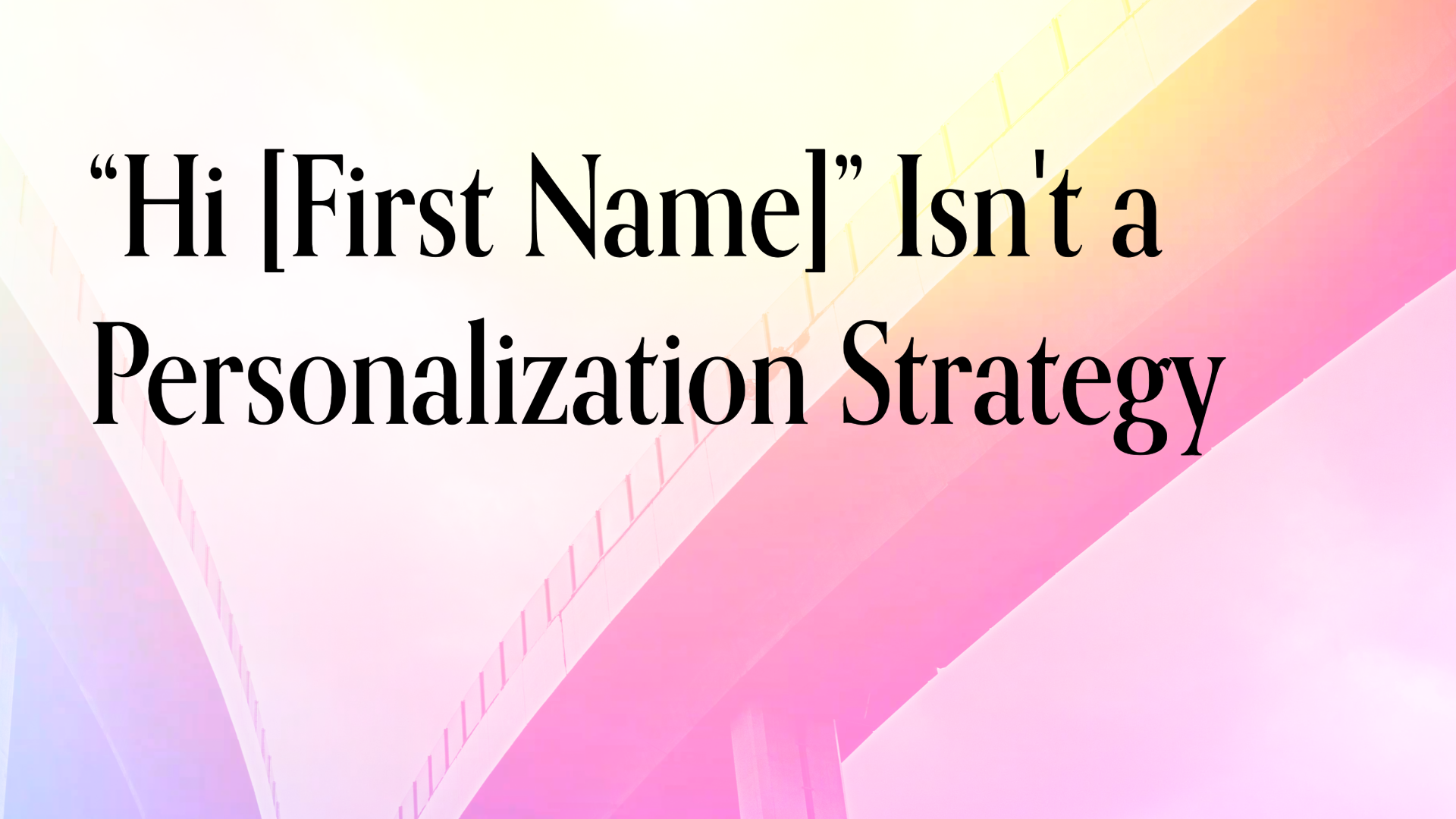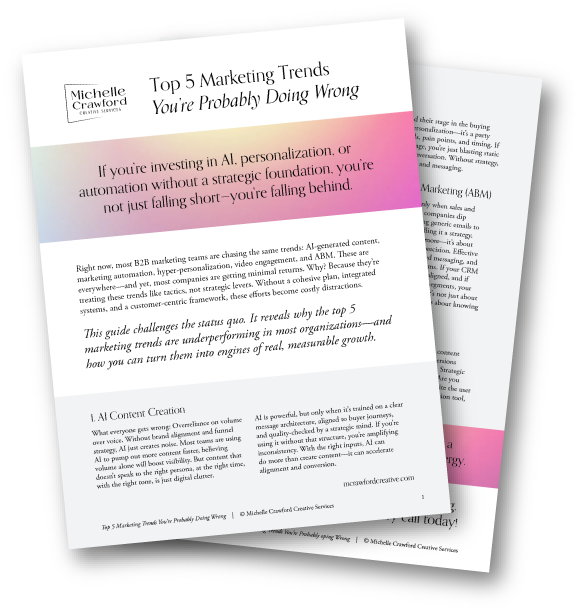How to Personalize B2B Marketing With Data, Timing, and Trust
Many marketers still confuse personalization with token replacement. Adding a first name in the subject line, sprinkling in a job title, or dropping the company name into a pitch might make an email look tailored. It’s nice—but it isn’t truly personal. At best, it signals you have data fields on file. At worst, it feels inflated or even gimmicky.
Real personalization goes deeper. It’s not about decoration—it’s about serving your customer, understanding their pain points, and guiding them through their buying journey with meaningful content.
The Limits of Superficial Personalization
Surface-level tactics like “Hi [First Name]” or “At [Company], you need X” don’t help a prospect solve problems. They don’t demonstrate that you understand the complexities of their role, their industry, or the unique challenges they face. And they certainly don’t build confidence in your expertise.
True personalization means meeting customers where they are and helping them move forward. That requires more than placeholders—it requires insight.
Personalization Starts With Data
Data is the foundation. Without good data, personalization collapses into generic outreach disguised as relevance. Winning marketers prioritize:
Clean CRM and marketing automation data – Accurate firmographics, contact roles, and engagement history.
Behavioral insights – Which content they consume, what questions they ask, how they interact across touchpoints.
Journey mapping – Awareness, consideration, decision. Understanding what each stage really looks like for your buyer.
When data is trustworthy and organized, it transforms into understanding—and that’s what enables real personalization.
The Right Content at the Right Time
Personalization is about serving—not selling. It’s about offering the exact information your prospect needs when they need it:
A thought-leadership article that helps them frame a problem they’re just beginning to explore.
A case study that demonstrates ROI when they’re under pressure to prove value internally.
A how-to resource that shows you can help them succeed long after the contract is signed.
This kind of contextual content turns your marketing into guidance. It positions your brand not as another voice in the inbox but as a reliable partner.
The Payoff: Customers Who Rely on You
When buyers consistently encounter content that addresses their challenges and anticipates their questions, something powerful happens:
They become well-informed decision-makers.
They begin to trust your expertise.
They learn to rely on your brand for the insights that help them succeed.
That is the true promise of personalization—not vanity tokens, but meaningful engagement that builds lasting relationships.
Final Thought
The next time you’re tempted to stop at inserting a name or company, pause and ask: Does this message actually help my customer? Does it make their path clearer, their decision easier, or their job better?
If the answer is yes, you’re not just personalizing—you’re building trust.
Free Guide:
Top 5 Marketing Trends You’re Probably Doing Wrong
The hidden mistakes undermining your ROI
How small tweaks can transform tactics into conversions
Strategic fixes that deliver measurable growth


